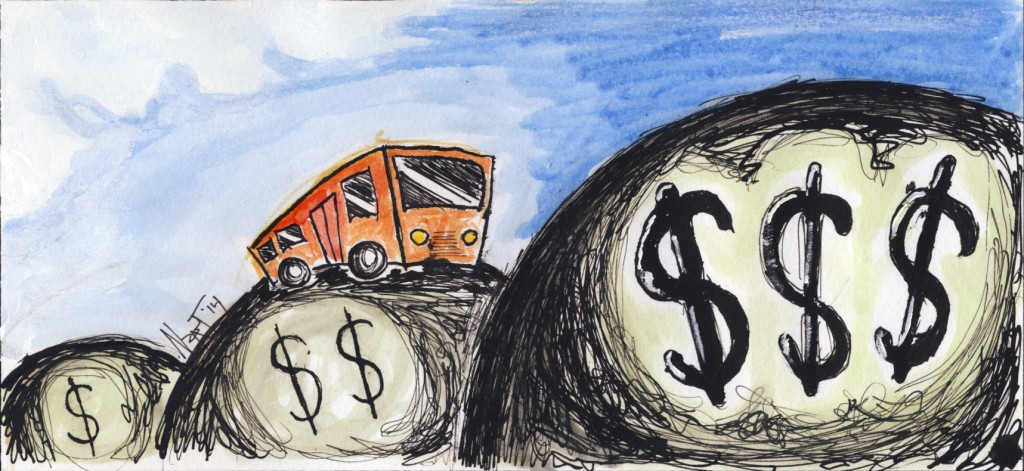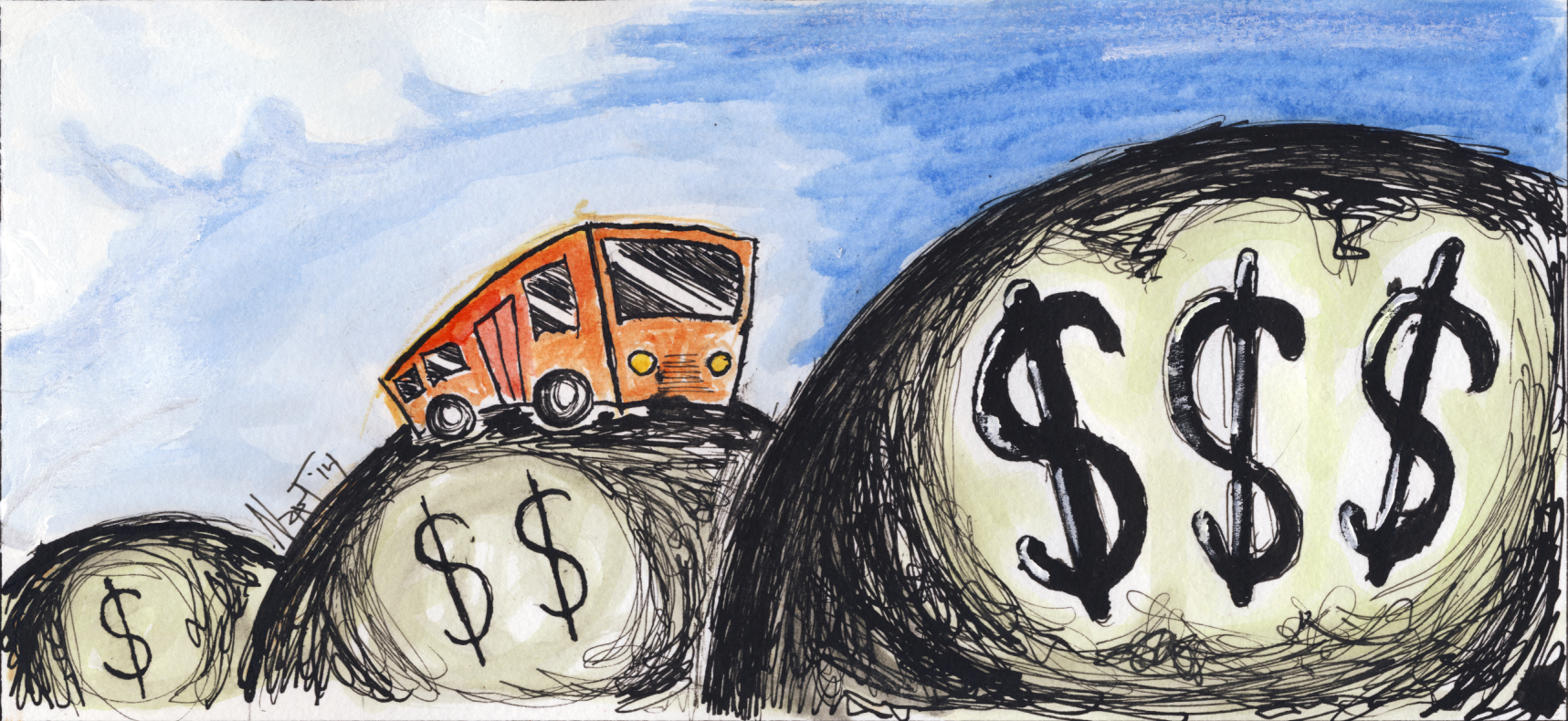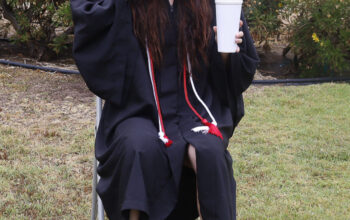
For many community college students, maintaining a job to pay bills while going to school to get an education can be a difficult task.
More than 90 percent of Metro riders are minority and from low-income households, according to the LA Times, and many Pierce College who can’t afford a car or to be more frugal with their spending use the metro to get to campus.
Increasing the metro fares would put extra strain on students who rely on the metro.
On Monday Sept. 15, the Metropolitan Transportation Authority rolled out a fare hike to all of its metro busses, subway and light rail lines that increased the fares from $1.50 to $1.75 one-way and from $5 to $7 for a single-day pass. This fare hike comes at a time when multiple new rail project construction is set to begin and the MTA itself is operating in a budget deficit, according to the LA Times.
Raising the fares while new projects are set to begin is irresponsible and is another case of passing the buck on to consumers who may be having a hard time financially. Commuters can expect to be spending at least $100 per month for a 30-day pass.
Pierce students can avoid paying that cost by purchasing the college 30-day pass the MTA offers for $43. The caveat to this is that to qualify for the pass, one would have to be registered as a full-time student.
Students who qualify can pick up an application at the student services building, complete the form and mail it in with a copy of your class schedule.
A discounted monthly pass for full-time students is a great alternative to spending $7 per day for an entire month or buying the regular monthly pass for $100, but this disenfranchises a good amount of the student body who don’t qualify because they are not full-time students.
For those who don’t qualify, the only alternative would be to find other means of transportation to and from school. Carpooling, riding a bike or a skateboard part way and taking one bus for $1.75 the rest of the way would also be great alternatives to save money.
However, there is no alternative in the long term for anyone because the MTA plans to raise the fare again in the future after the agency determines their long-term financial outlook, as reported by the LA Times. As the student body tries to cope and find ways to pay for rising tuition cost, we must also think ahead and find alternative solutions to the rising cost of public transportation.



